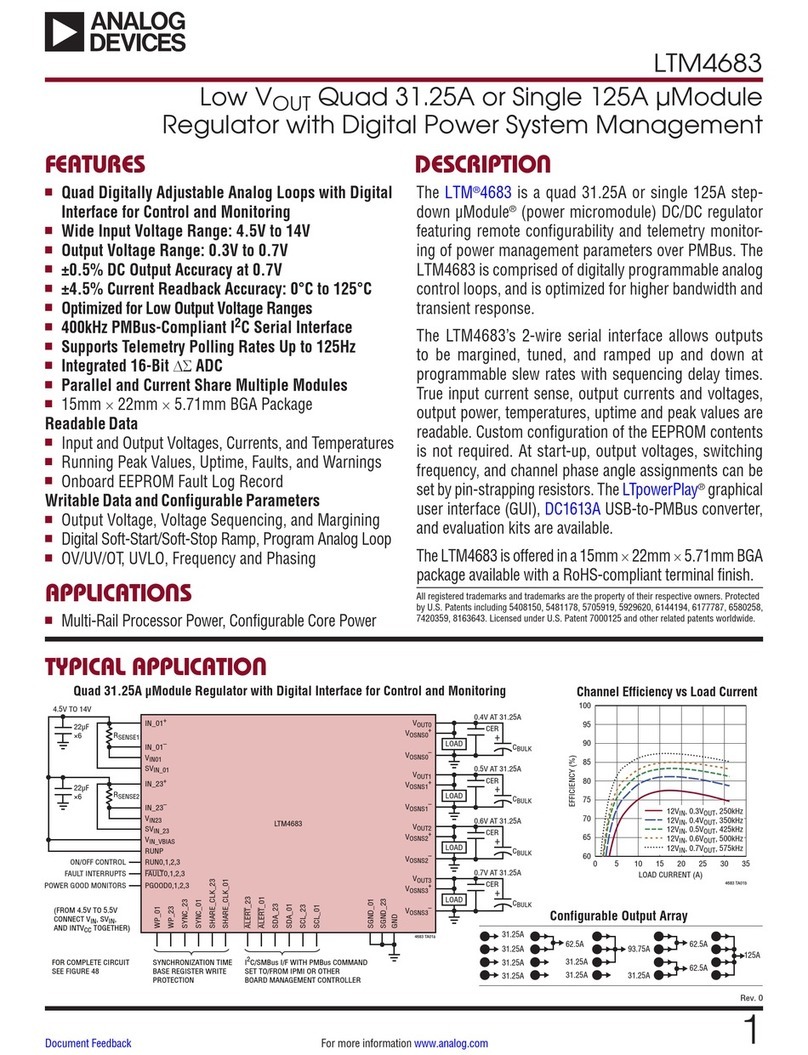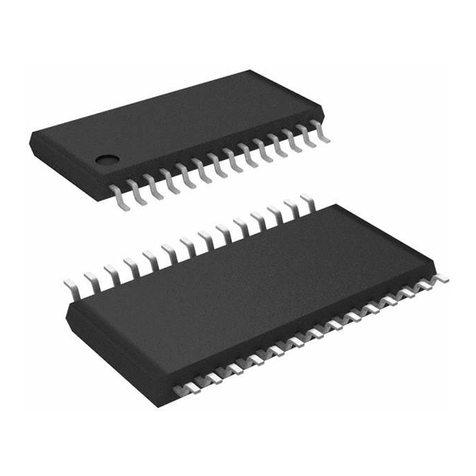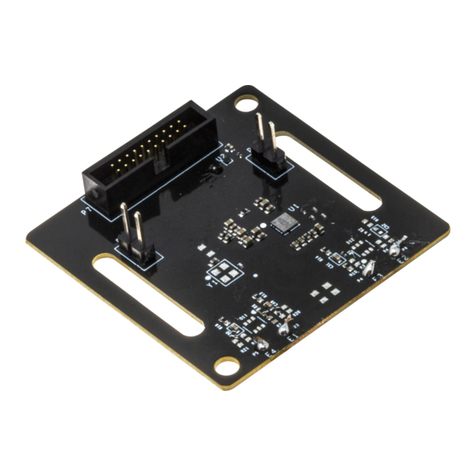Analog Devices EVAL-AD7715-5EB User manual
Other Analog Devices Computer Hardware manuals
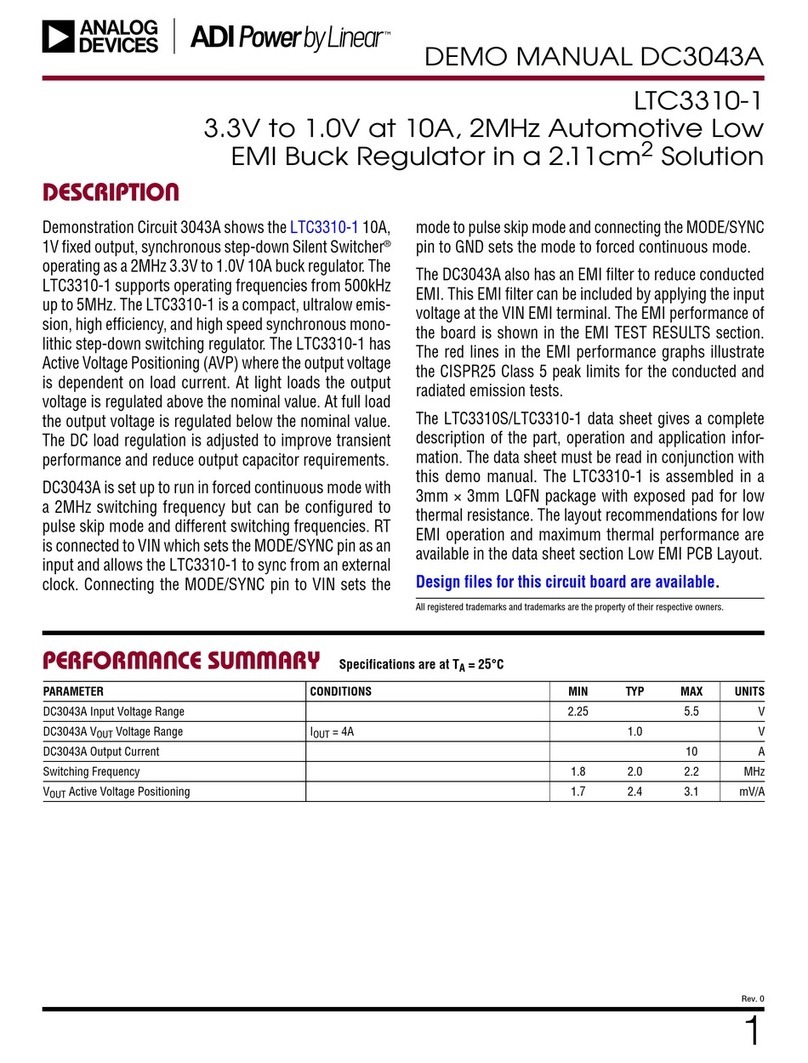
Analog Devices
Analog Devices Linear ADI Power LTC3310-1 User manual
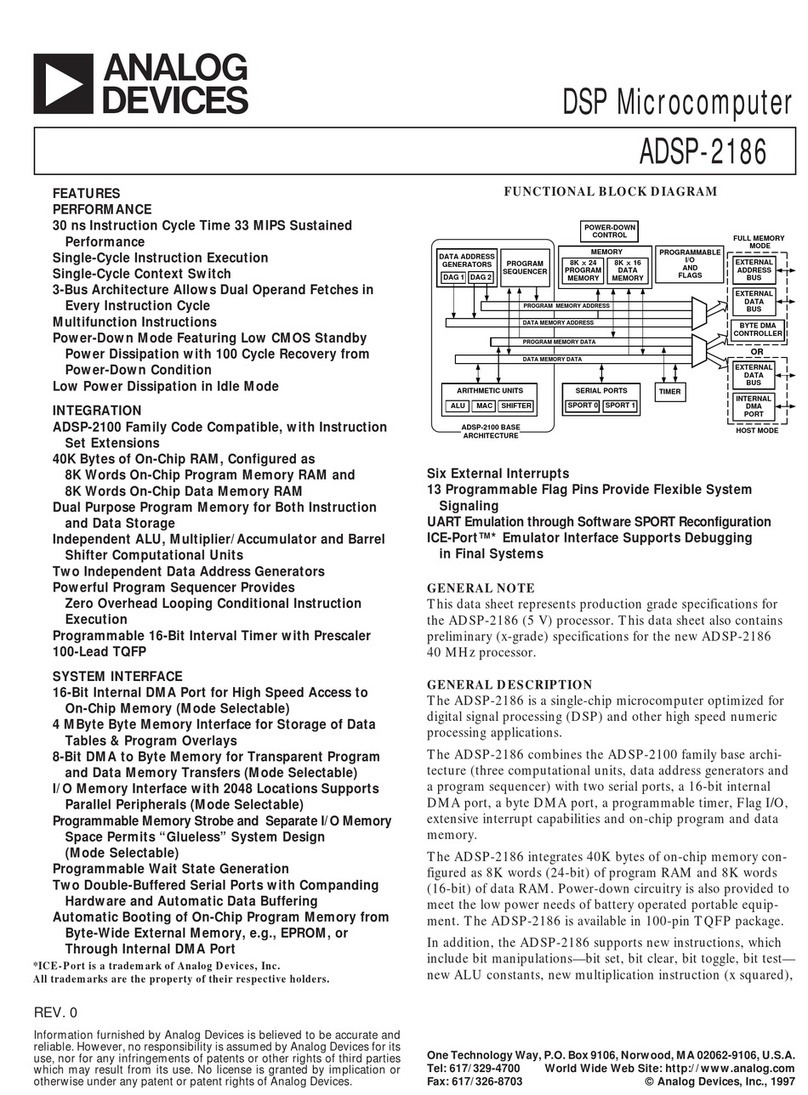
Analog Devices
Analog Devices ADSP-2186 User manual
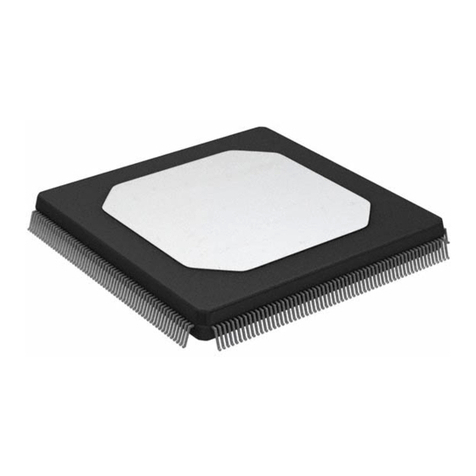
Analog Devices
Analog Devices ADSP-21000 User guide
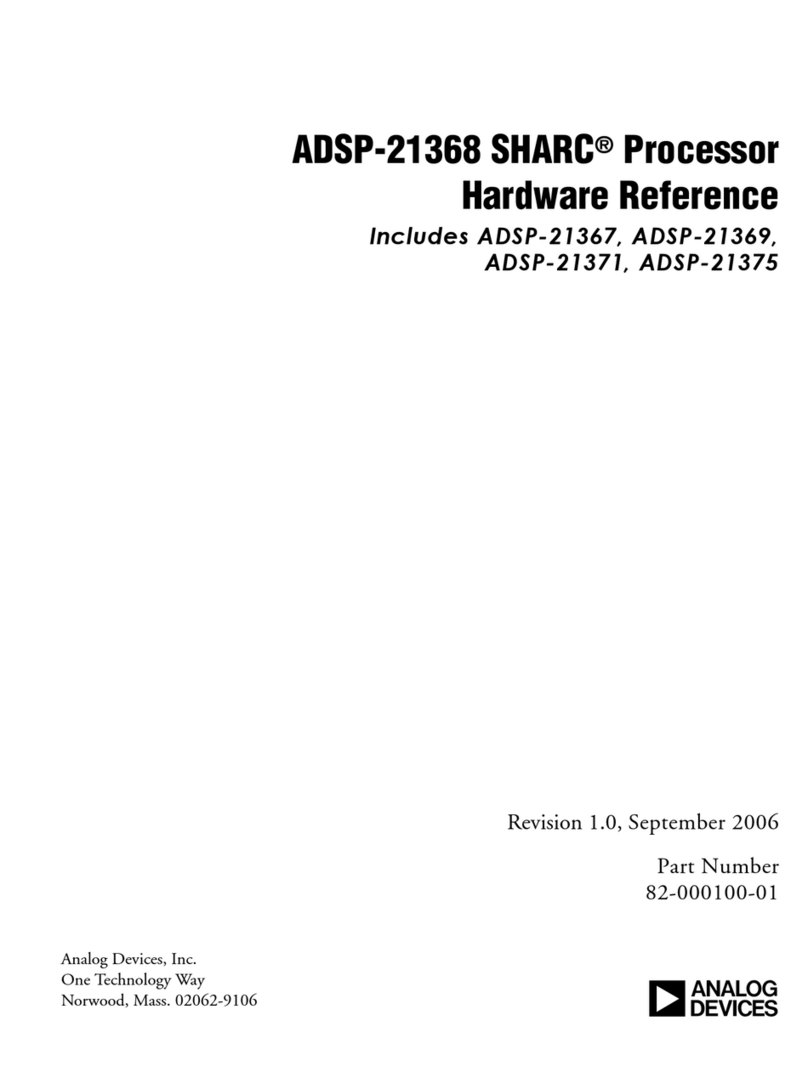
Analog Devices
Analog Devices SHARC ADSP-21368 Application guide
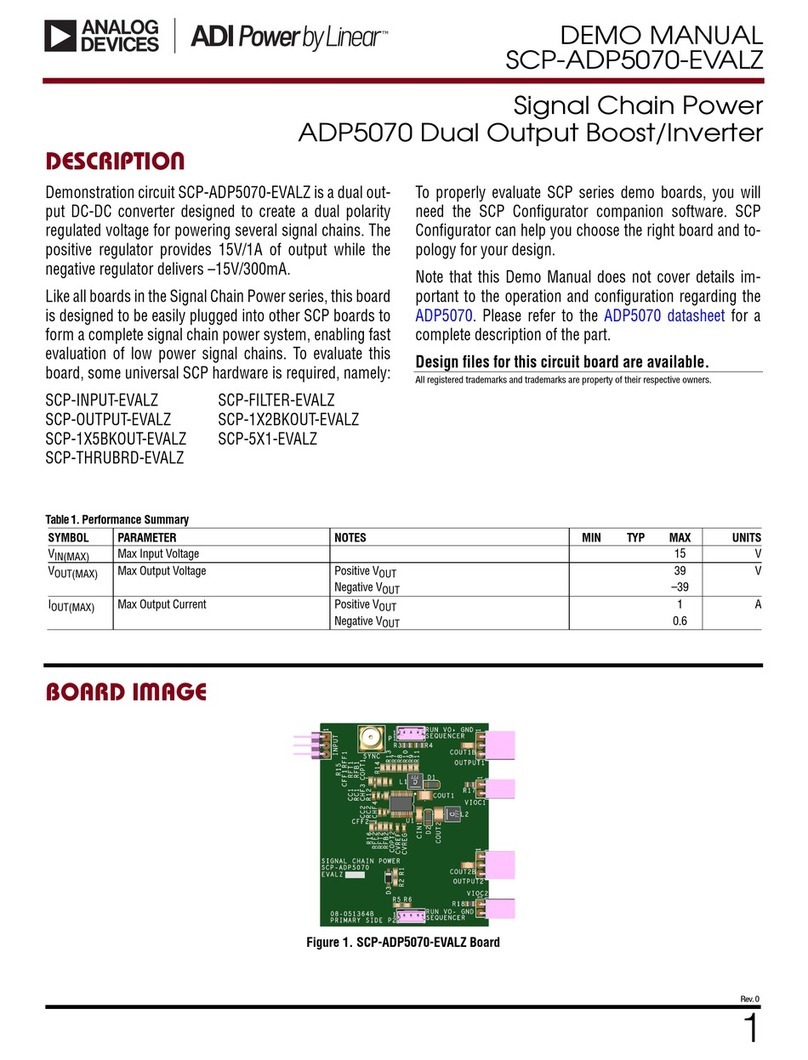
Analog Devices
Analog Devices Linear ADP5070 Quick setup guide
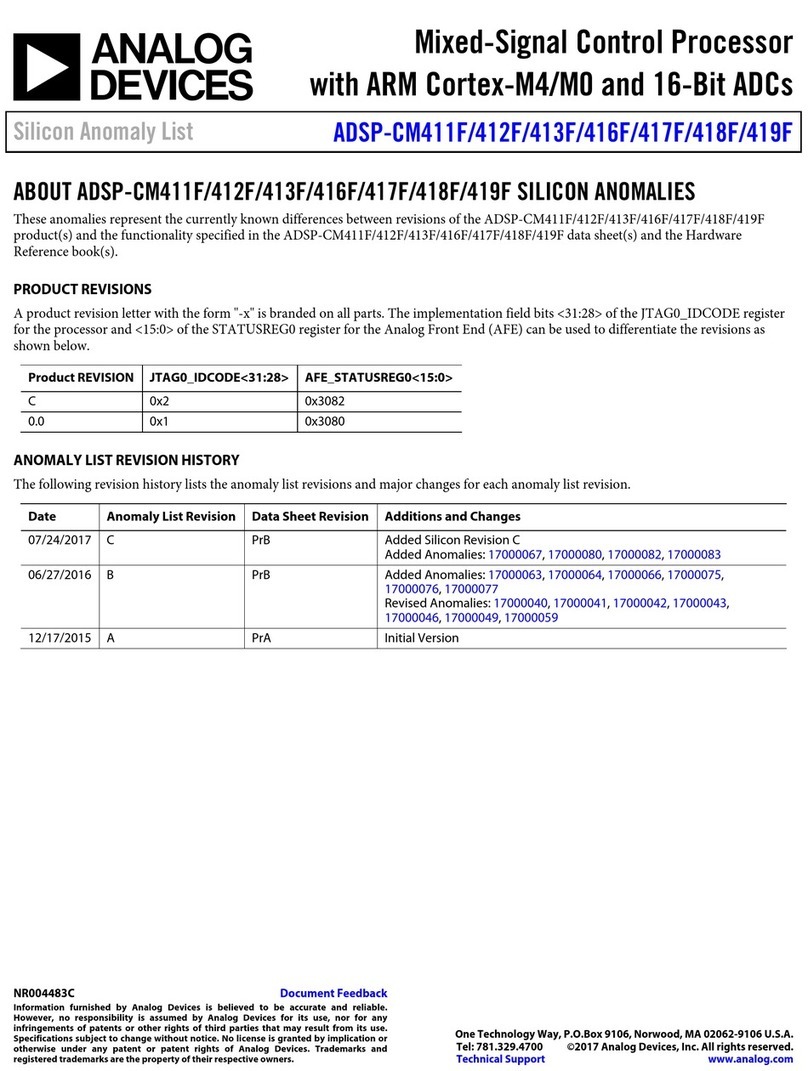
Analog Devices
Analog Devices ADSP-CM411F User manual
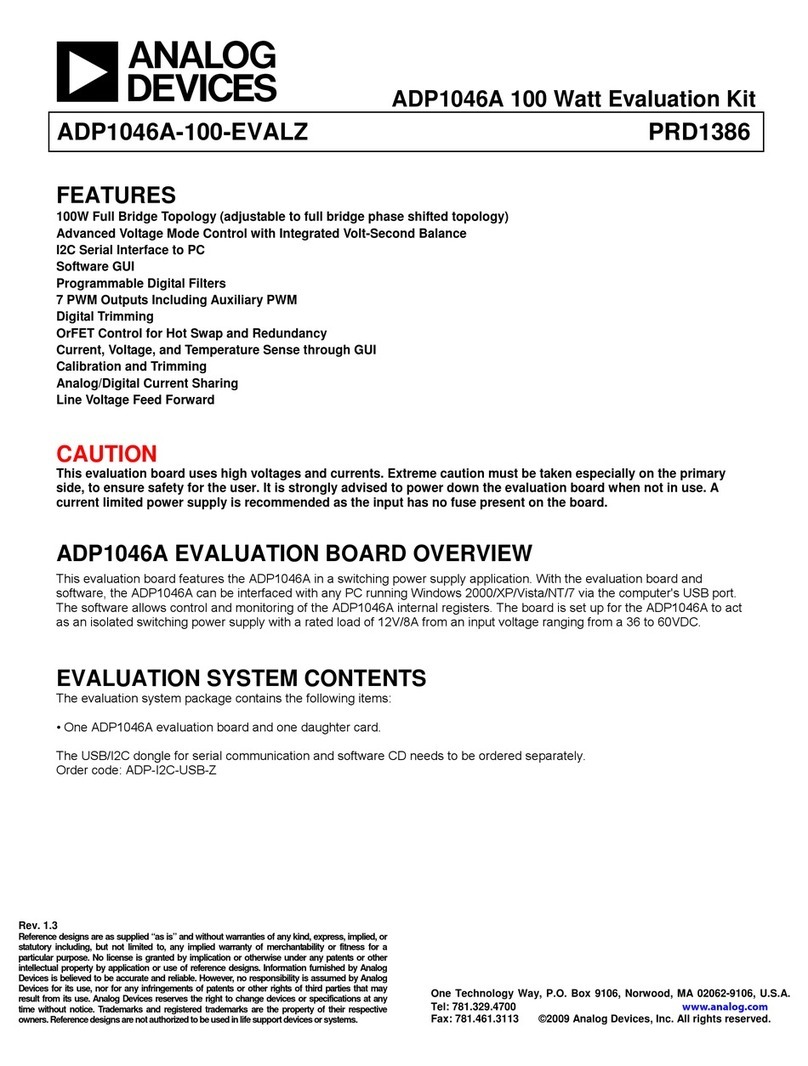
Analog Devices
Analog Devices ADP1046A User manual
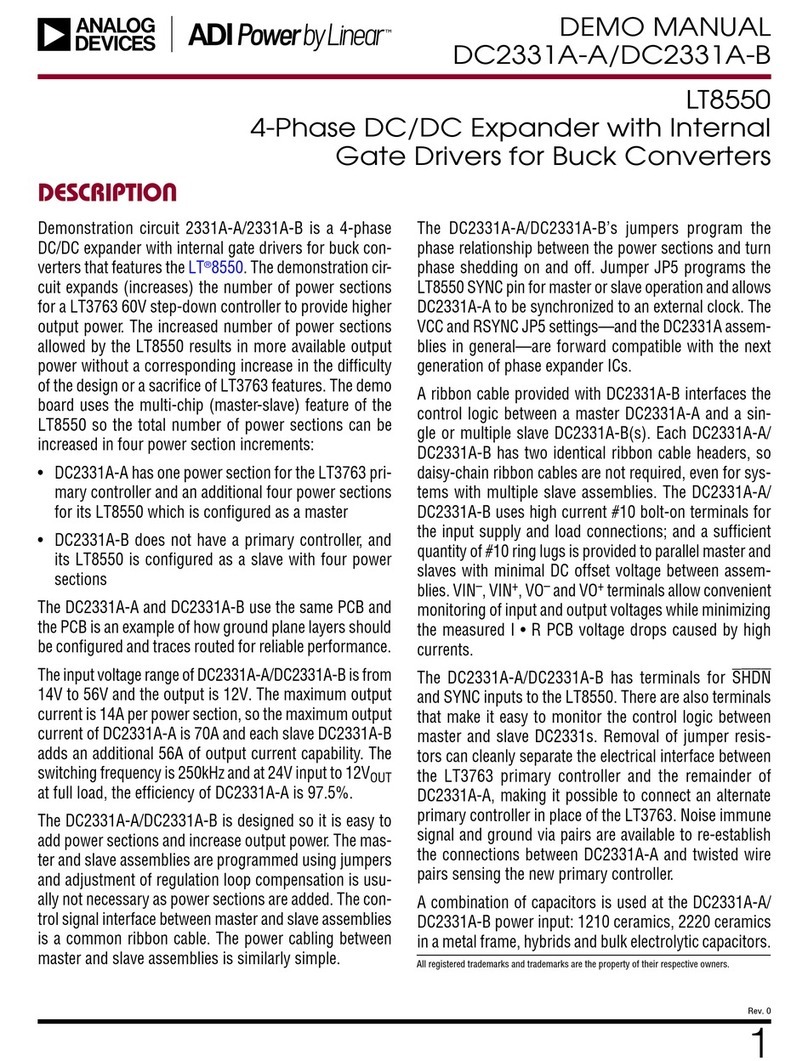
Analog Devices
Analog Devices Linear DC2331A-A Quick setup guide
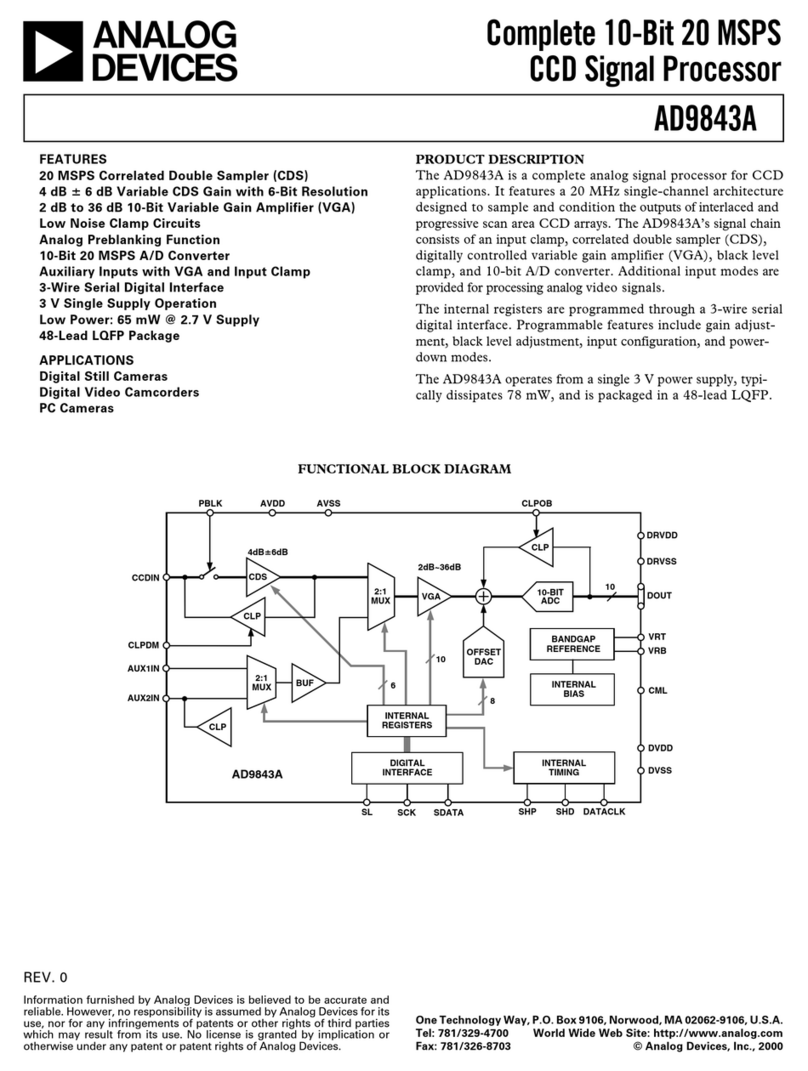
Analog Devices
Analog Devices AD9843A User manual
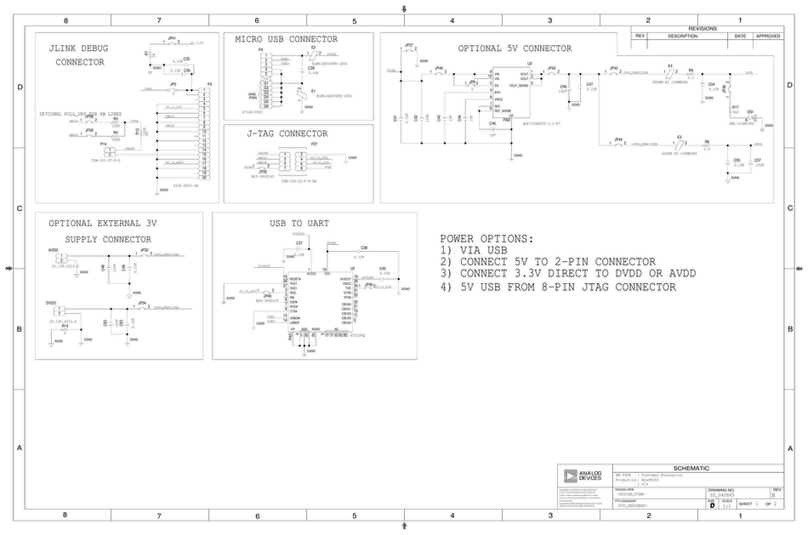
Analog Devices
Analog Devices ADuCM355 Quick start guide
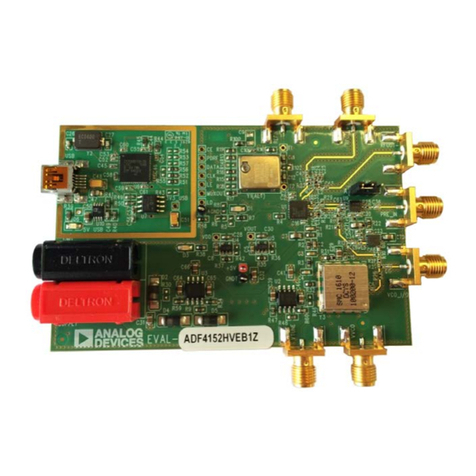
Analog Devices
Analog Devices EVAL-ADF4152HVEB1Z User manual
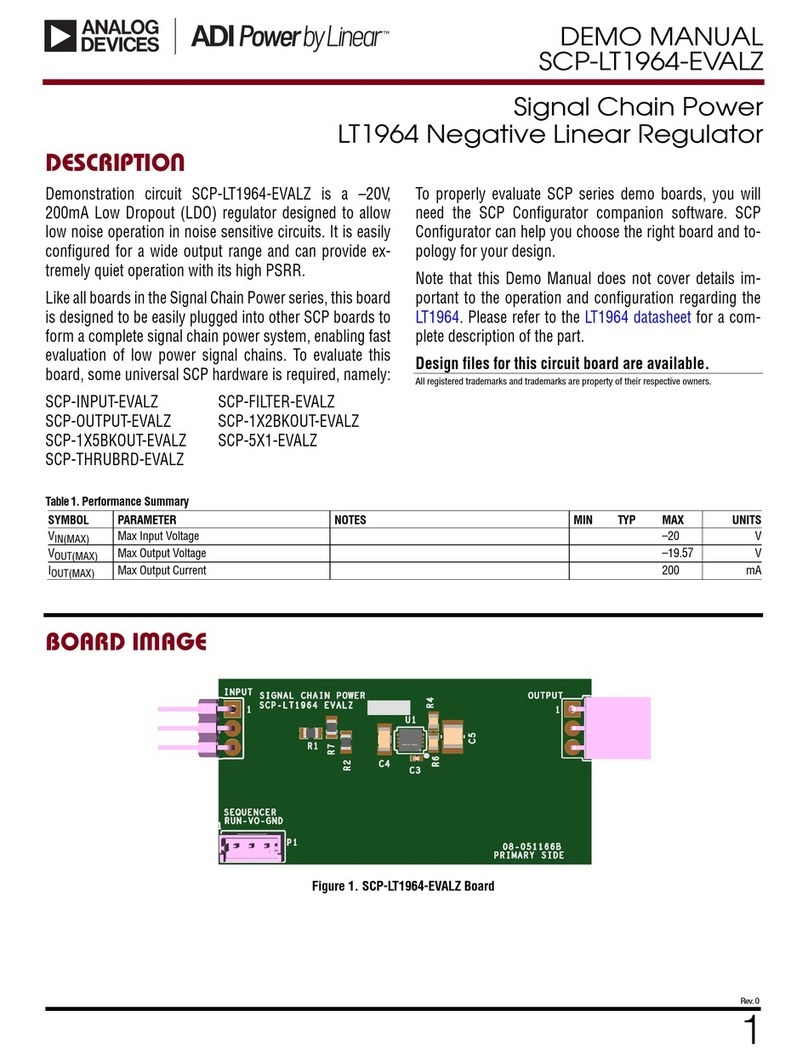
Analog Devices
Analog Devices Linear ADI Power LT1964 Quick setup guide
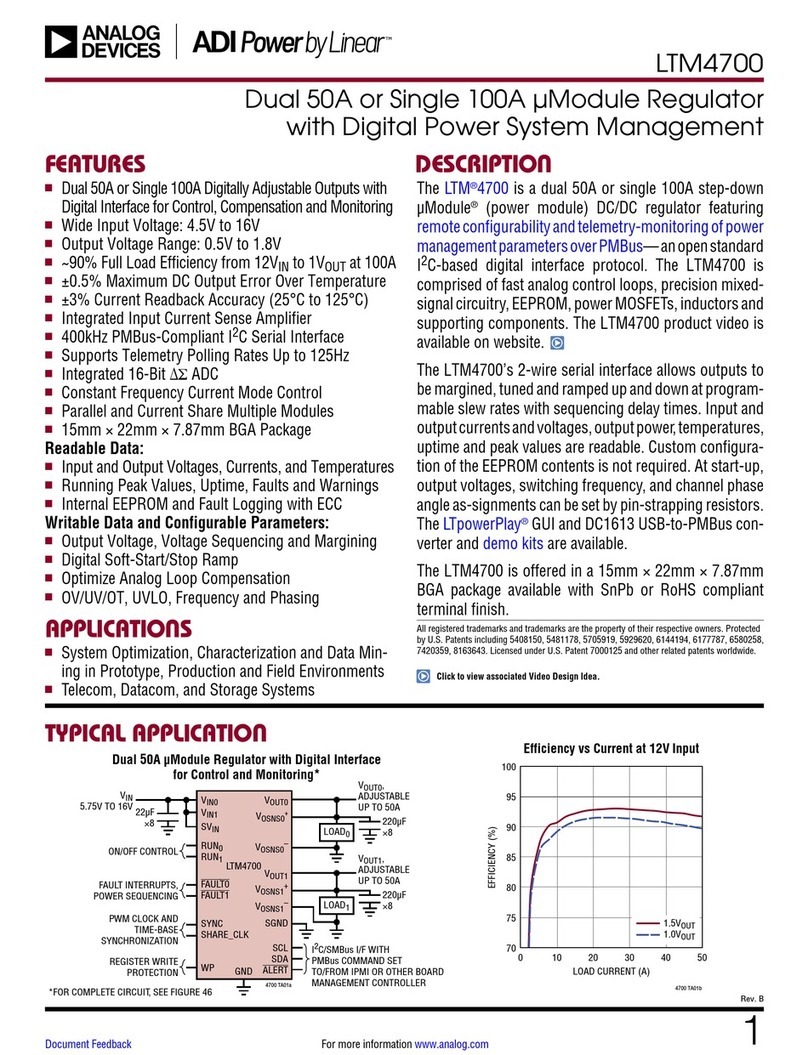
Analog Devices
Analog Devices Linear LTM 4700 User manual
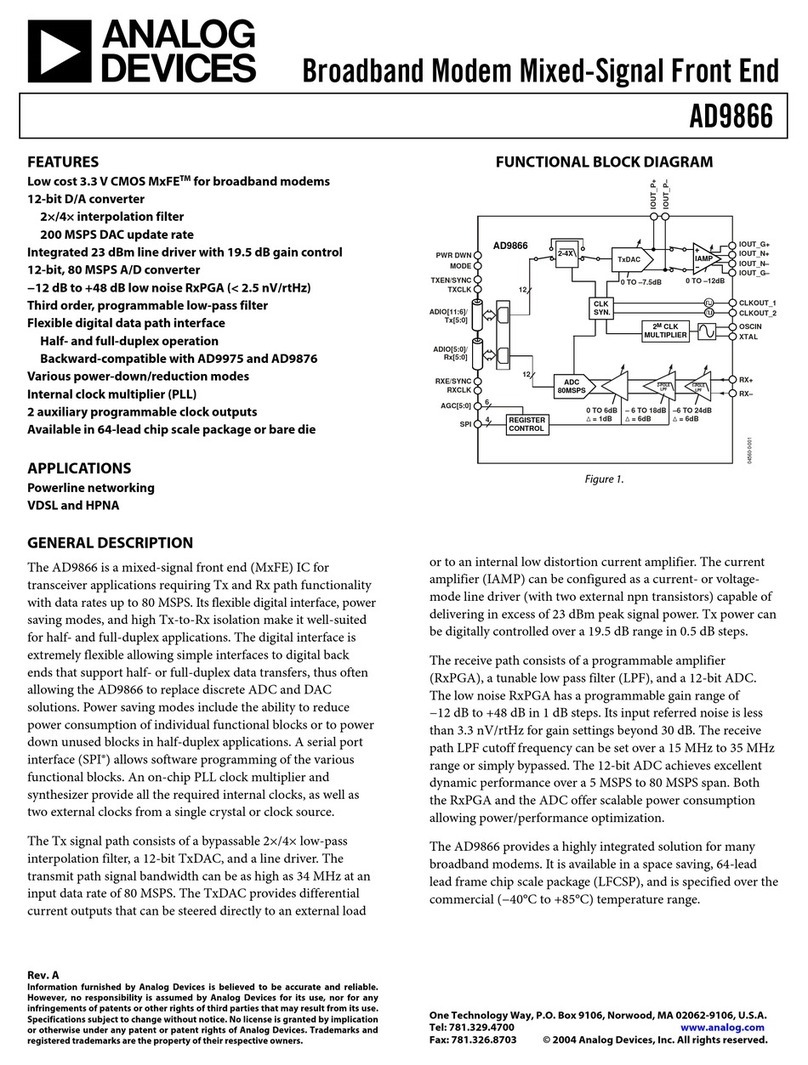
Analog Devices
Analog Devices AD9866 User manual
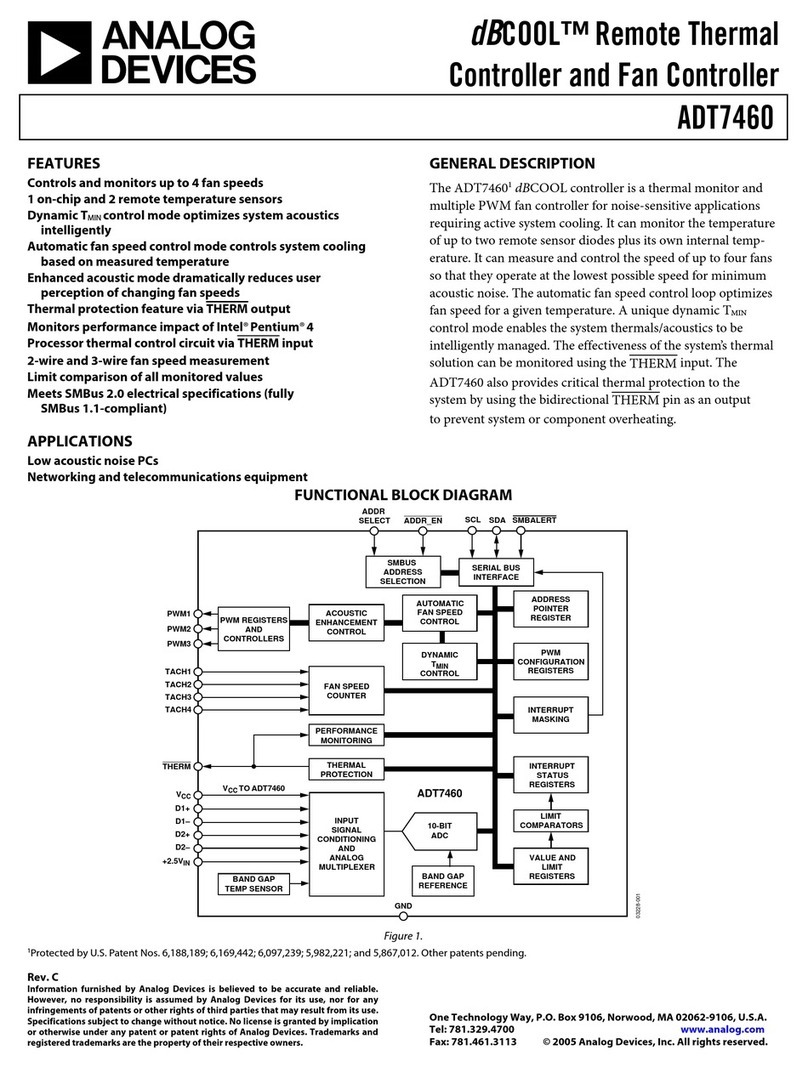
Analog Devices
Analog Devices ADT7460 User manual
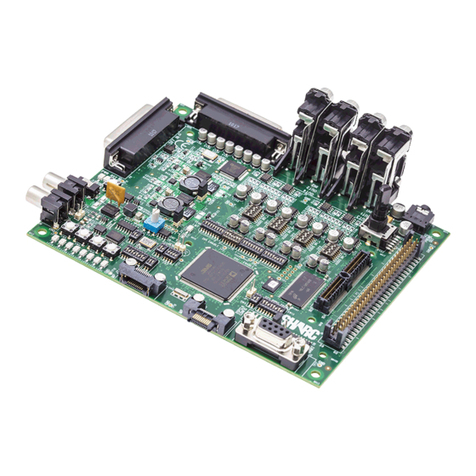
Analog Devices
Analog Devices SHARC ADSP-214 Series Application guide
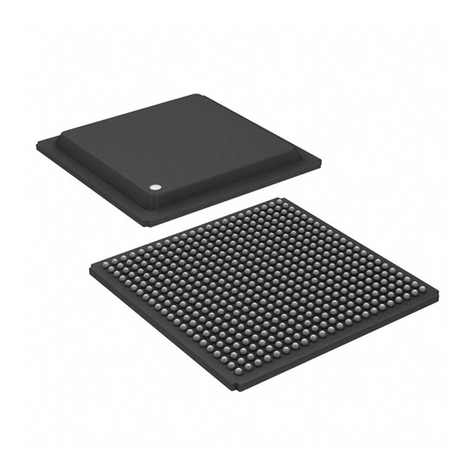
Analog Devices
Analog Devices ADSP-TS101 TigerSHARC Application guide

Analog Devices
Analog Devices MAX77831 User manual
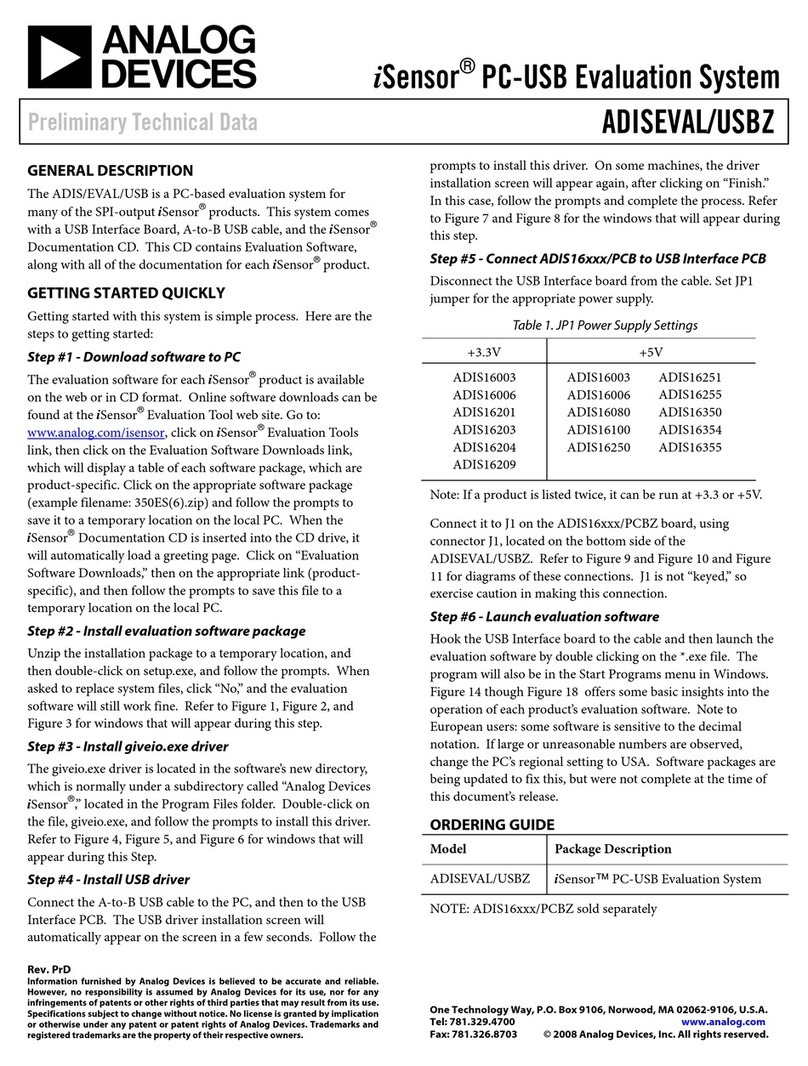
Analog Devices
Analog Devices iSensor ADIS/EVAL/USB Instruction manual
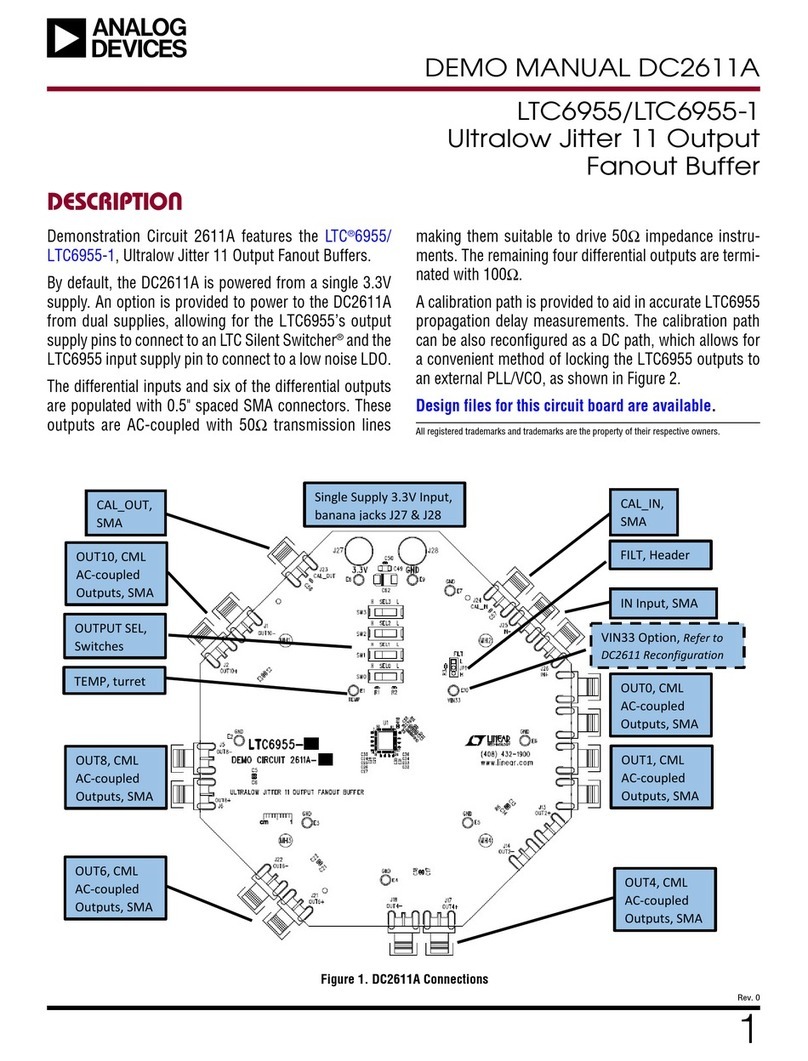
Analog Devices
Analog Devices LTC6955 Quick setup guide
Popular Computer Hardware manuals by other brands

Toshiba
Toshiba TOSVERT VF-MB1/S15 IPE002Z Function manual

Shenzhen
Shenzhen MEITRACK MVT380 user guide

TRENDnet
TRENDnet TEW-601PC - SUPER G MIMO WRLS PC CARD user guide

StarTech.com
StarTech.com CF2IDE18 instruction manual

Texas Instruments
Texas Instruments LMH0318 Programmer's guide

Gateway
Gateway 8510946 user guide

Sierra Wireless
Sierra Wireless Sierra Wireless AirCard 890 quick start guide

Leadtek
Leadtek Killer Xeno Pro Quick installation guide

Star Cooperation
Star Cooperation FlexTiny 3 Series Instructions for use

Hotone
Hotone Ampero user manual

Connect Tech
Connect Tech Xtreme/104-Express user manual

Yealink
Yealink WF50 user guide
